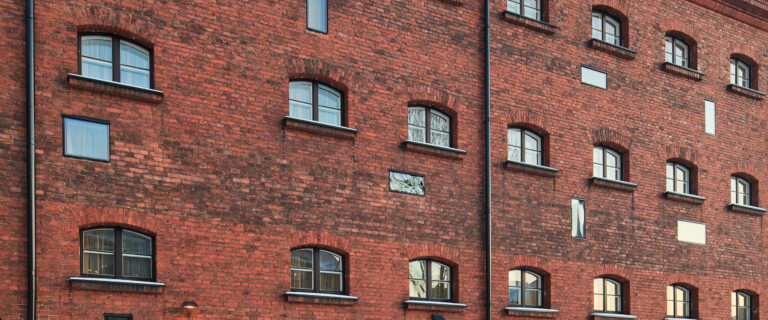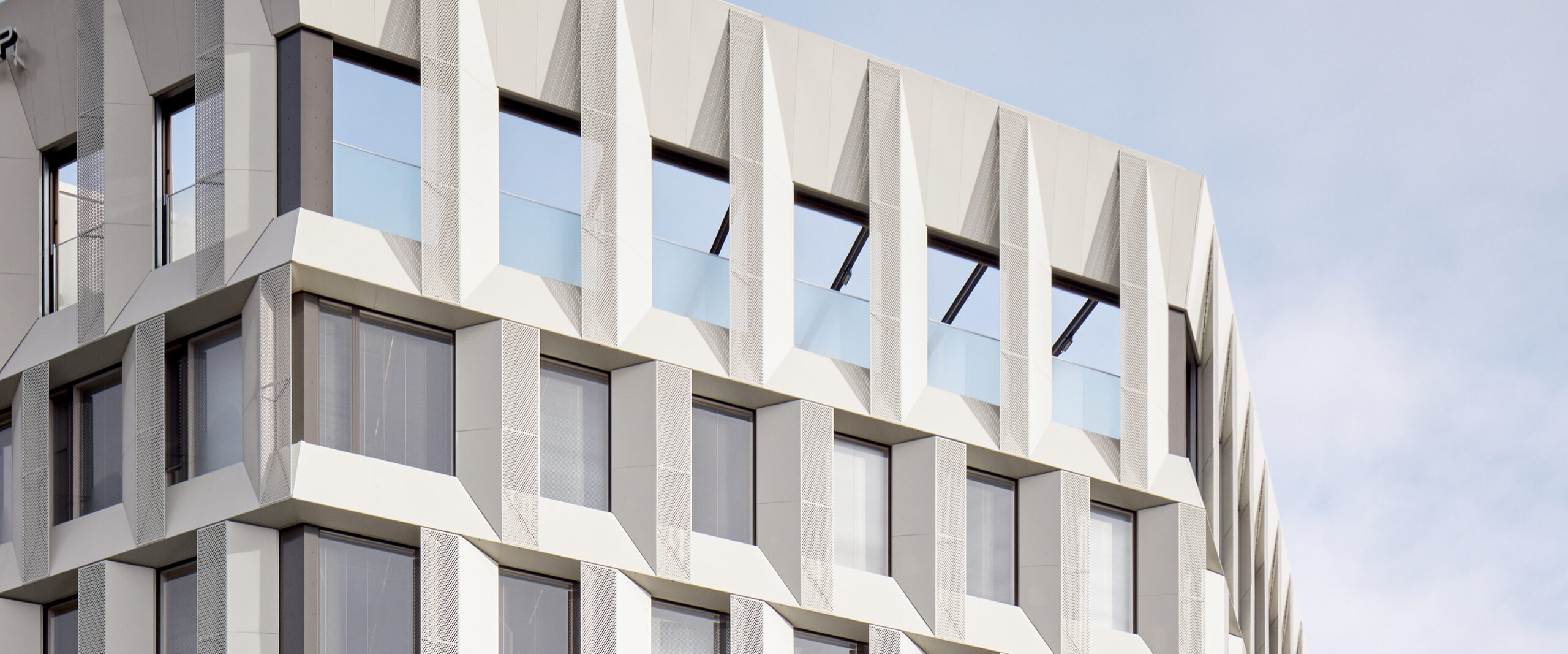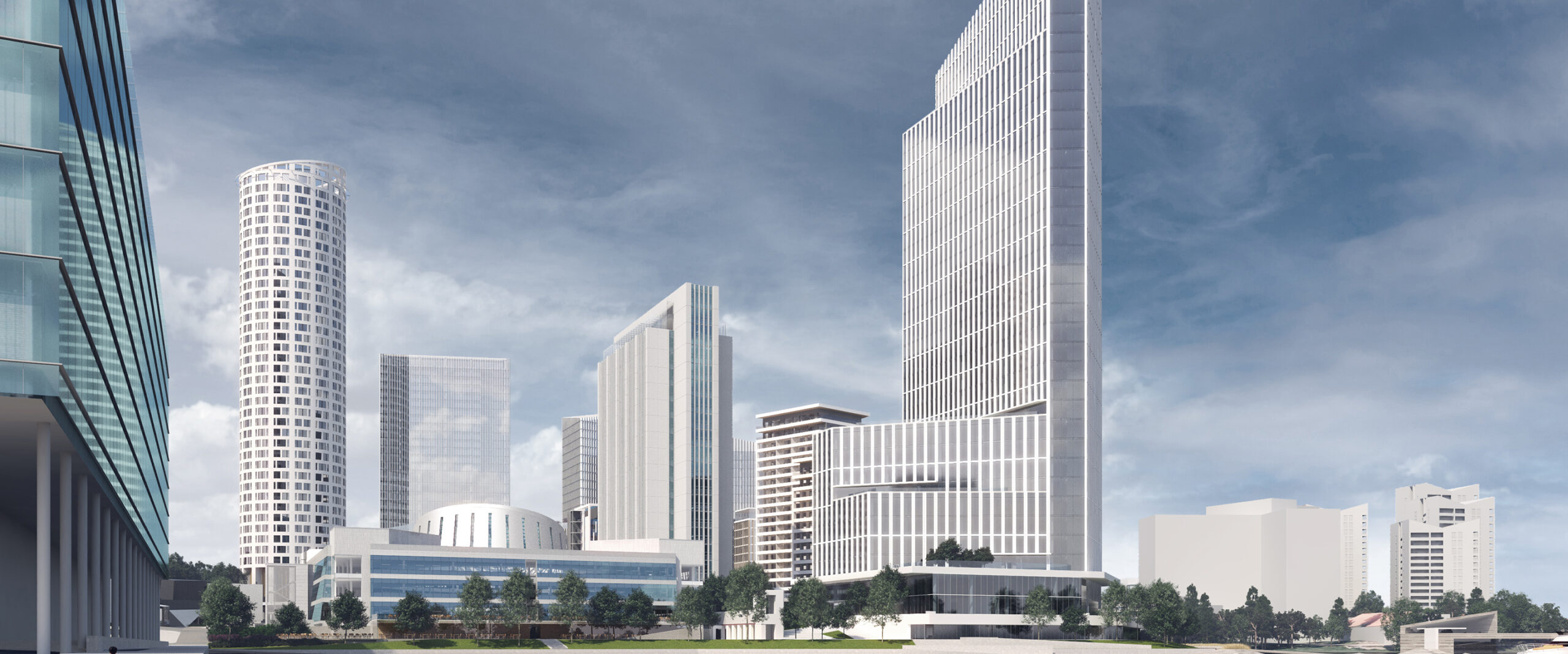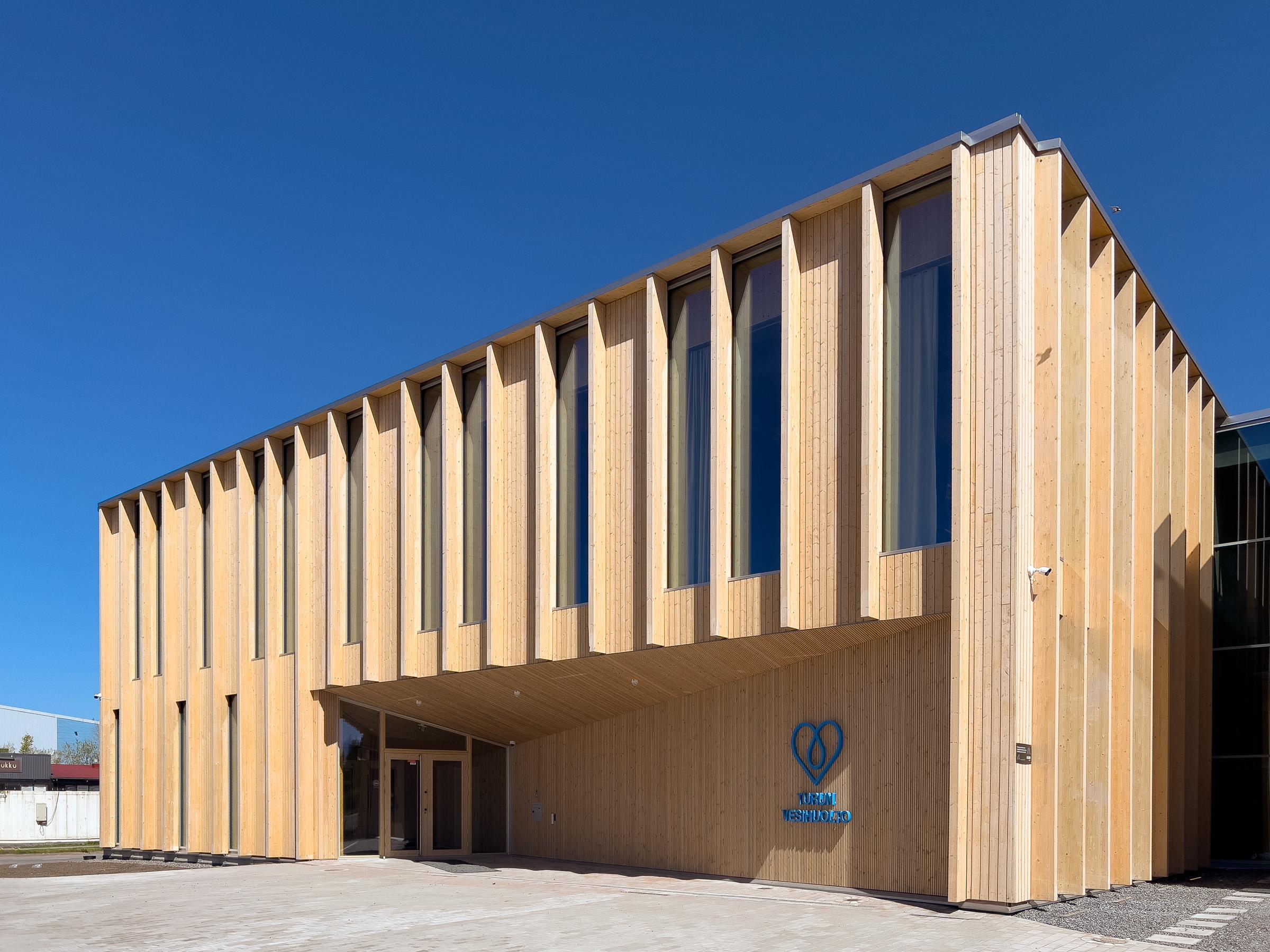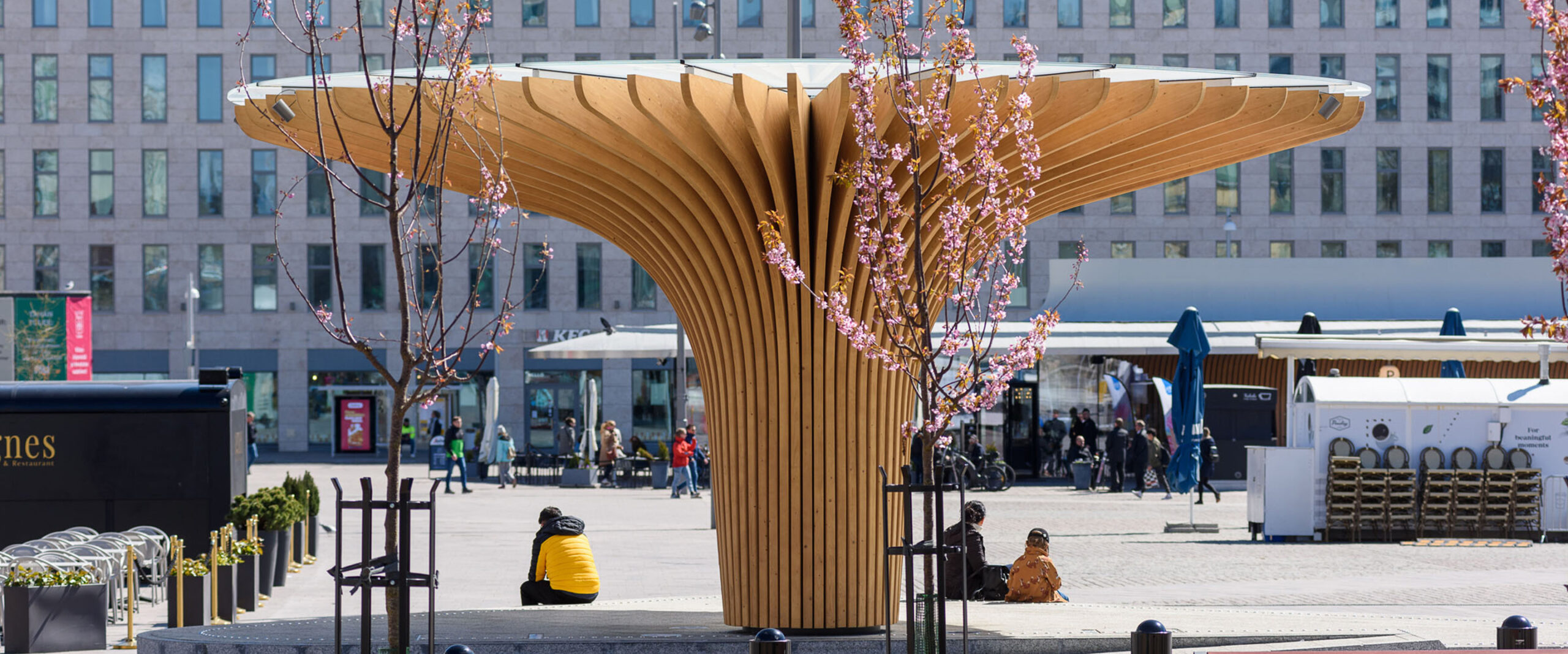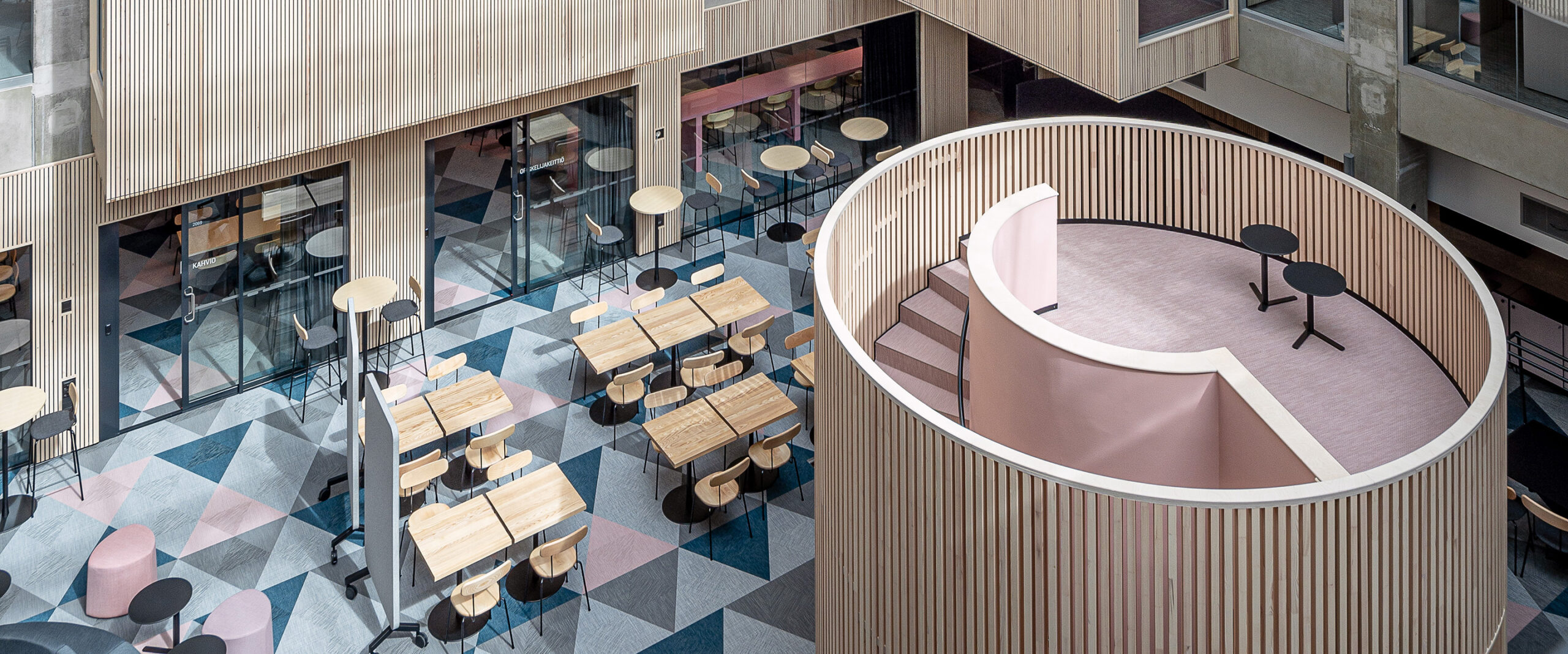Understanding the history is key
Preservation and the ongoing use of buildings are not merely ecological or economic concerns but also integral to our cultural heritage. In addition to our historically or architecturally valuable buildings, we have many buildings where the maintenance and repairability should be reviewed more carefully than before. Sustainable repair requires that the building has a purpose and a willing user, and it can be repaired with moderate measures for long-term, functional, and economically reasonable use. Understanding a building’s history and characteristics enables us to integrate reuse within its existing framework, maximizing the retention and repair of as many original elements as possible.
Preparing building history surveys is integral to the project when basic improvements and building alterations are planned. The best way to understand a building’s conditions and potential is to map its history. In several of our projects, we have first prepared building history surveys (RHS) for protected buildings and conservation management plans (SHS) as a basis for the design. Understanding the history of a protected building is crucial to ensure culturally and historically sustainable repairs. For a construction culture to be sustainable, it is important to keep the physically built environment and the buildings within the scope of use and continuous maintenance.
Property use and energy efficiency can be improved through renovations, and life cycles can be extended. In the future, buildings can be utilized even better when plans for renovations and improvements include comprehensive reviews and alternative solutions are compared in both the short and long term. When repair planning and construction are based on knowledge and experience, the right decisions can be made sustainably.
